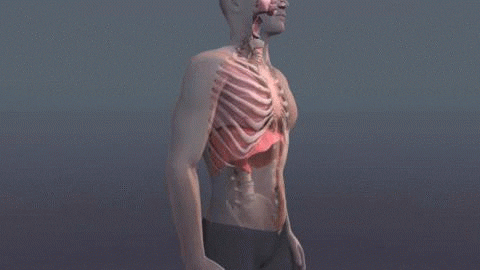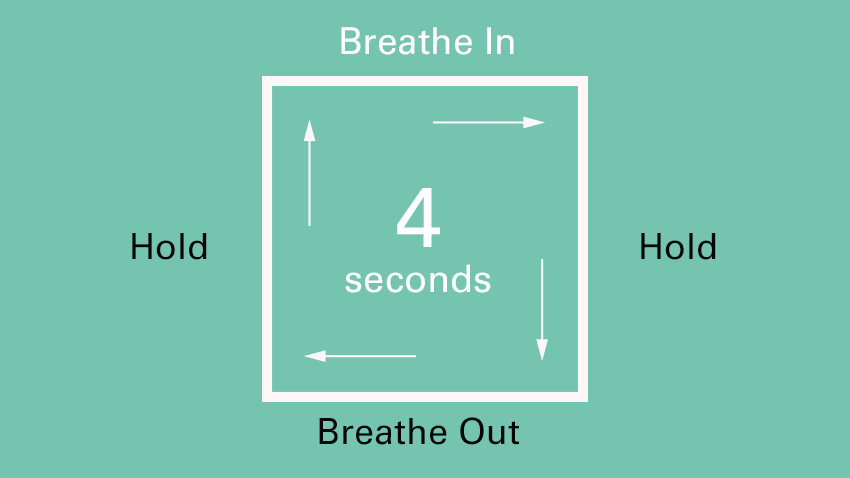-
The de-training effect & how long until the train departs!
It wasn’t long ago you were holding your best fitness – and you felt great!
With work, travelling, social gigs, and motivation, you’re no longer strutting your Olympic final form.
I've provided some relative information on the de-training effect and how long it usually takes for your fitness to decline in the table below.
I’ve broken down ‘fitness’ into three categories.
💓 Cardiovascular fitness & your VO2 Max (your ability to uptake, transport & utilise oxygen),
💪 Musculoskeletal Efficiency – power strength & enduring strength.
🧠 Flexibility & Coordination – range of movement & neural balance.
With deteriorating fitness you can typically expect a decline in metabolic (fat-burning) health, cognitive fitness, and sound sleep.
Declining fitness is expressed as a percentage of your optimal fitness - a result of sedentary practice.
Fitness
2 Weeks
4 Weeks
10 Weeks
16 Weeks
Cardiovascular Fitness
0%
30%
70%
100%
Musculoskeletal Efficiency
5%
15%
25%
40%
Flexibility & Coordination
0%
5%
15%
20%
Keep moving forward!
-
Will year-end social & working stress influence your good health?
It is almost the time of year most Australians will likely test their metabolism, digestion, sleeping routine, management of stress, and typical movement practice.
Below is a measurement of this year-end test.
I believe the five testing metrics to be the most crucial – which – does not include body weight.
Results on or close to the ideal parameters will typically reflect good health and,
✅ Enduring mental & physical energy,
✅ Sound sleep, &,
✅ Holding, or close enough to, the ideal weight.
Test
Relative Ideal Result
The influence from excessive alcohol, a low priority for sleep, lifestyle mental & emotional stress, and sedentary practice.
HbA1c - Blood Glucose
4.8 – 5.1%
Excessive alcohol & dietary carbohydrates, namely, refined sugar, will normally increase blood glucose.
Triglycerides
1.7 – 2.0 mmol/L
Excessive processed dietary fats, unnecessary larger meal portions, and smoking will typically raise triglycerides.
Uric Acid
5.5 – 6.0 mmol/L
Excessive alcohol, dehydration, and processed food will typically increase uric acid.
Lactic Acid (Resting)
0.7 – 0.9 mmol/L
A measure of work – how hard is the body working at rest. Metabolic & digestive stress, inadequate recovery and sedentary practice will increase LA.
pH – urine test.
7.2 – 7.6 pH
Strained digestion, poor sleep, mental stress, and low movement will typically lower pH.
This non-invasive 5-10 minute test is pain-free, sweat-free and reflects a good measurement of health status.
I test before the year-end wave, after the wave, and sometime in February to ensure I’m back on track.
-
Cool Change - after summertime evening workouts.
Summer heat and longer sunshine hours make evening workouts more appealing.
While exercising later in the day is a terrific way to unwind, one thing to keep in mind is cooling the body before bed.
Body temperature while inactive during the day is around 36.8 'c.
A moderate summer workout can raise the temperature by 2.0'c.
When our body temperature reaches 35.5 °C and the atmospheric temperature is roughly 17.5 °C, we typically enter our deepest sleep.
I’ve found the best way to prepare my body temperature for the best sleep post-evening exercise is to place small ice (cube) bags under my arms and down the front of my pants.
My greater exercise-induced temperatures returns to normal within 10 minutes after immediately striking the lymph nodes.



